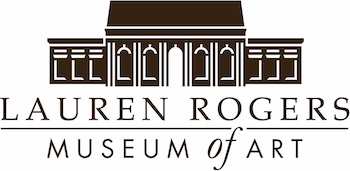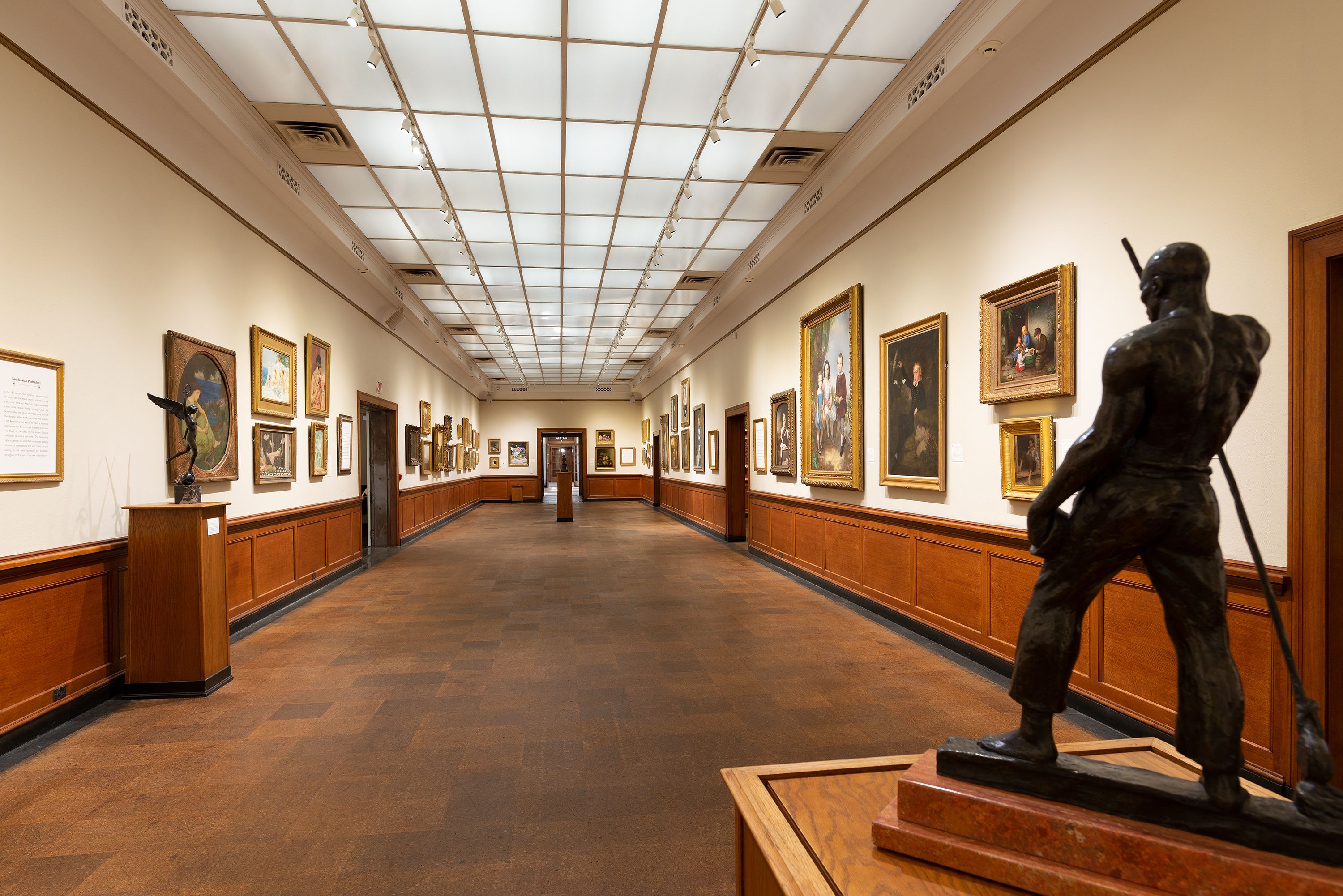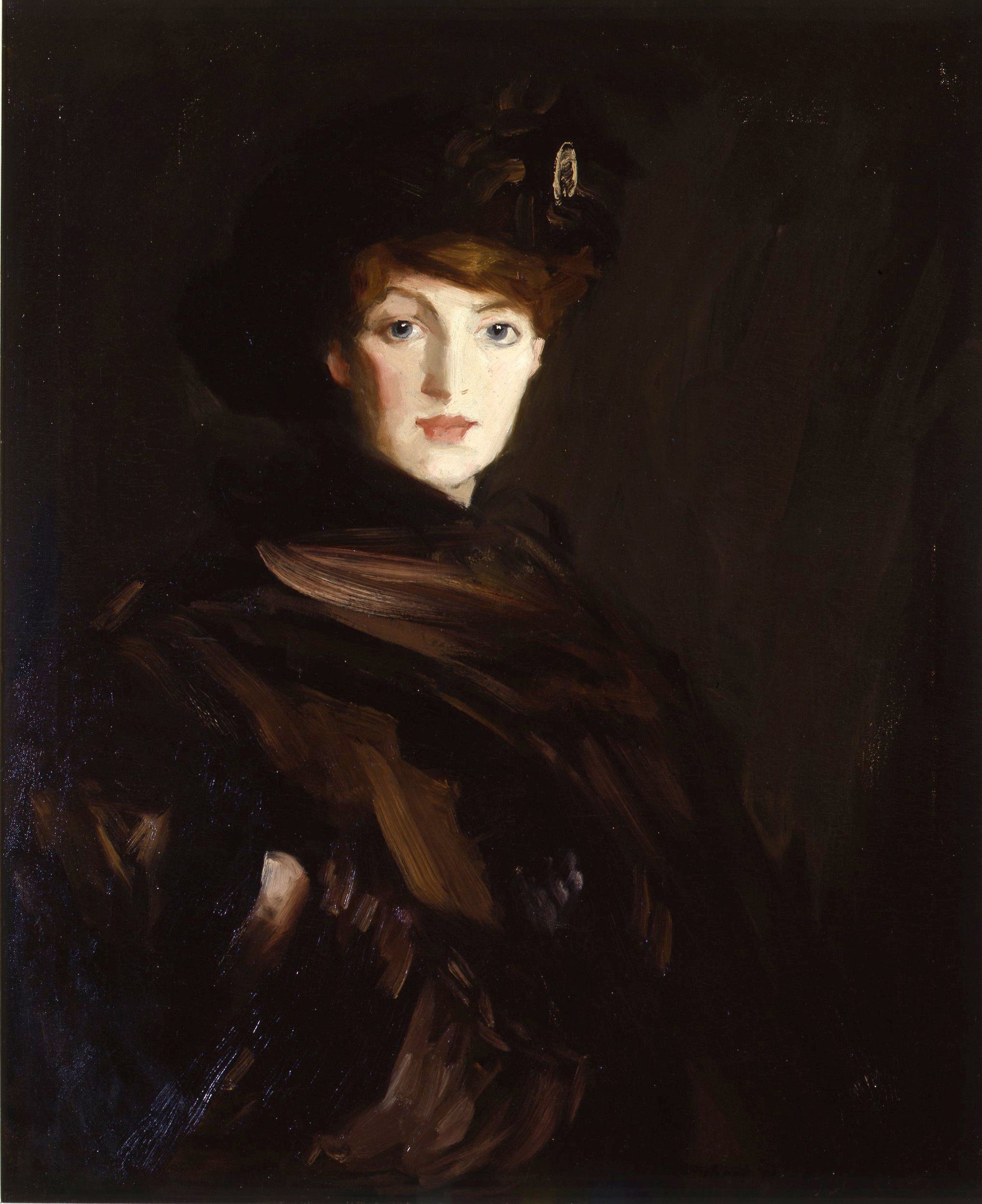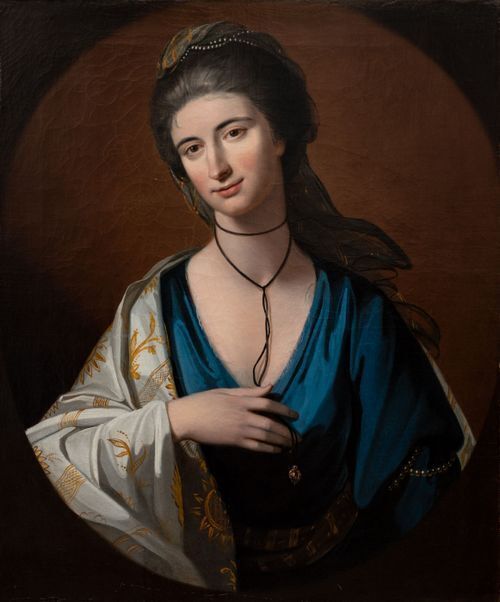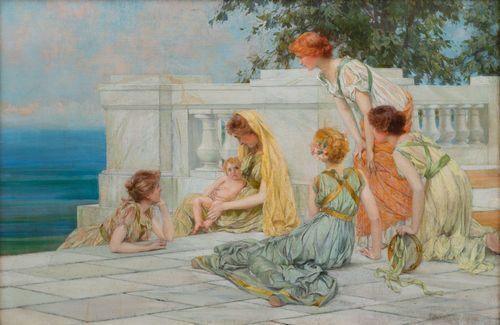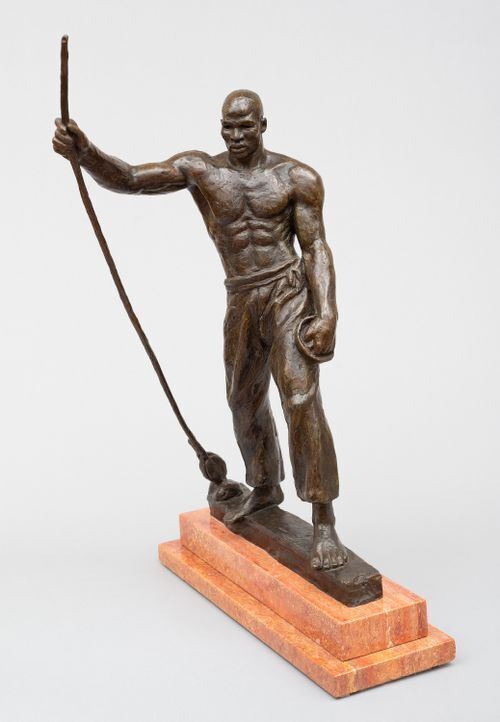The collection of the Lauren Rogers Museum of Art consists of five specialized collections: American art, European paintings, Native American baskets, Japanese Ukiyo-e prints, and British Georgian silver. One of the largest of these is our collection of American paintings, sculptures, and works on paper.
The core of our collection of American art is a group of 19th and 20th-century paintings donated by Mr. and Mrs. Lauren Chase Eastman, the grandparents of Lauren Rogers, in the 1920s and 1930s. Some of our most important works came from this astute collector, and many other important works were donated by Lauren Rogers’ parents, Nina and Wallace B. Rogers. The current installation of the American art collection features thematic groupings of works hung together by subject matter. These thematic groupings encourage comparative viewing between the works. Most of the works are intimate in size, reflecting their origins in private collections, which were on display in private homes.
American still life painters in the 19th and early 20th centuries had a deep curiosity for the natural world. John Frederick Peto designed illusionistic still lifes like Concord Grapes that fooled the eye of the viewer. In the 20th century, European modernism and Asian compositions influenced artists to interpret still-life subjects with a combination of realism and abstraction.
The Neoclassical style of portrait painting that dominated art production throughout the first years of our new nation’s history is exemplified by Benjamin West’s Mr. and Mrs. Robert Fall (c. 1765-1770) with the paintings’ idealized anatomy, symmetrical compositions and pure colors. The invention of photography in the mid-19th century affected the market for representational portraits, and artists began to experiment with new styles and techniques. In the painting of his wife titled The Brown Wrap (1911), Robert Henri successfully blended his knowledge of the sitter’s appearance and personality with his own painterly style.
In the late 19th and early 20th centuries, patrons of the arts particularly appreciated works created after mythological or ideal themes in which the female form represented the pinnacle of beauty. In Francis Coates Jones’s Admiring the Child, five women wearing classical Grecian garments coo over a plump baby. The collection also includes images of children shown with pets, instruments, and toys. Winslow Homer’s Fisherman's Wife (1873) depicts a mother walking her young son to school.
The Museum owns late examples of works by Hudson River School landscapes painters who glorified the wonders of nature through their art. John Kensett’s From the Meadow at Cold Spring, Long Island (1870) depicts a calm landscape under a soft and hazy sky. The American Impressionists of the early 20th century used the image of the landscape as a means of personal expression as well as a vehicle for exploring the medium of painting itself. John Henry Twachtman’s Hemlock Pool (c. 1890) emphasizes color and light over form and drawing. In the 20th century, a group of young artists based in New York City, led by Robert Henri, believed that fine art did not have to rely on nostalgia and sentimentality, and they produced fascinating urban and recreational landscapes like Reginald Marsh’s East River (1952).
Mississippi artists have always responded to the changing styles of the national art scene. Our collection includes examples of 19th century portraiture and landscapes, as well as modern works from the early 20th century, all inspired by life in the Magnolia State. Richmond Barthé's Stevedore (1937) is a powerful depiction of an African-American laborer.
The Museum actively collects works by 20th-century and contemporary artists. Over the decades, important additions have been made in the areas of figurative sculpture, African-American artists, and Mississippi artists. In addition to the works on display in the American Gallery, works made after 1945 are frequently on display in the Stairwell and Sanderson Galleries, including Dale Chihuly’s spectacular Aventurine Green with Chandelier with Copper Leaf (2008).
